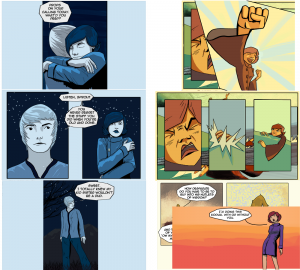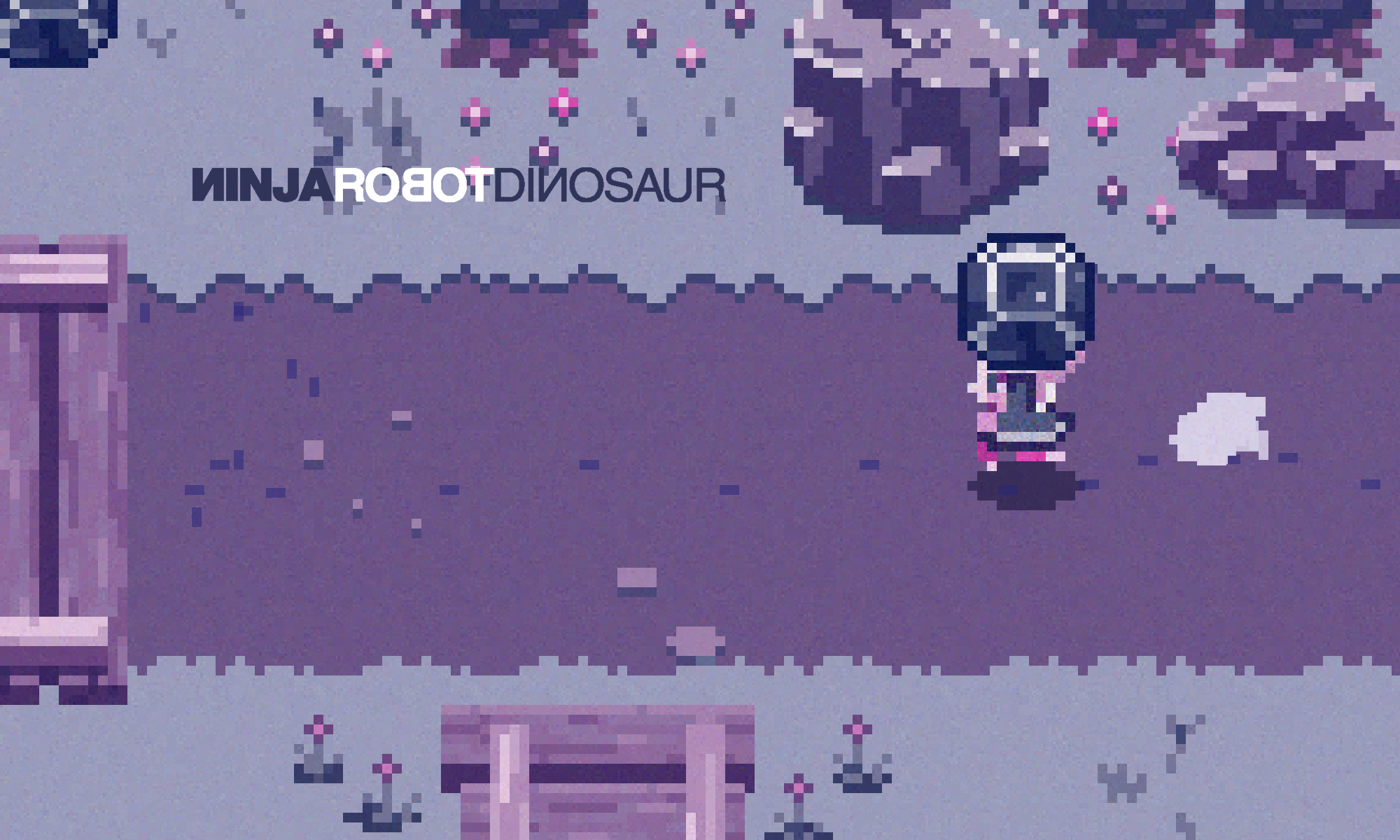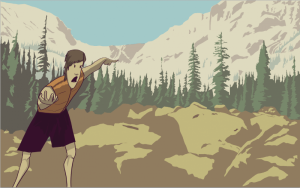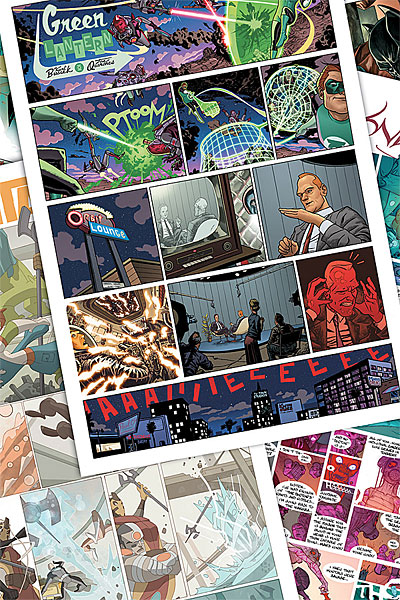The reaction from Episode 9 has been great. Amazingly, resoundingly great.
People have been into every aspect of the episode – the art, coloring, pacing, dialog, backgrounds – I’ve gotten great feedback on every side of the episode.
Below is a collection of ‘pages’ from Petra’s Call.
On the left are images from Episode 9, on the right are three of my favorite images from the earlier episodes. Even with a quick glance anyone can see there’s a big difference in the style, consistency, composition and overall feel of the pages.

While my process is always changing and I’m always trying new things, the biggest contributor to the improvements in Episode 9 is that I made one simple and major change:
I took my time.
Up until Episode 9, I had been working with tight schedules and was always pushing myself for the deadline.
“I have to get all of the pages inked in the next 2 hours – and then it’s done.”
“I have 2 mornings to get the whole issue penciled, if it isn’t done in time, it doesn’t matter, I’m going to inks.”
I needed to take more time and give myself more perspective on the work. This let me do a few key things that weren’t part of my process before.
A) Editorial feedback from my wife. I gave my wife 5 drafts through script to final art. She gave me a lot of dialog and pacing feedback that made a big difference.
B) Redrawing and redrawing some more. From thumbs to final inks, I spent a lot more time sweating the details. It took a lot longer, but it was worth it.
C) Taking a breather. Stepping away from the work to work on something else and coming back with fresh eyes. A big step here was doing the old ‘horizontal flip’ trick, where you flip the art 180 degrees horizontally, which exposes mistakes you wouldn’t have caught otherwise.
D) Putting in the extra time. Making a fully colored comic, plus setting up the site, Flash browser and everything else (you know – day job making video games, wife and kid, etc) takes a lot of time. I had set aside two hours every morning to work on Petra’s Call – and that was it. Now I am spending more evenings and weekends working on the comic as well.
All of these have helped me ‘Level up’ with my work on Petra’s Call and I am at a point where I’m a lot happier with the work I’m producing.
Now – back to the drawing.


